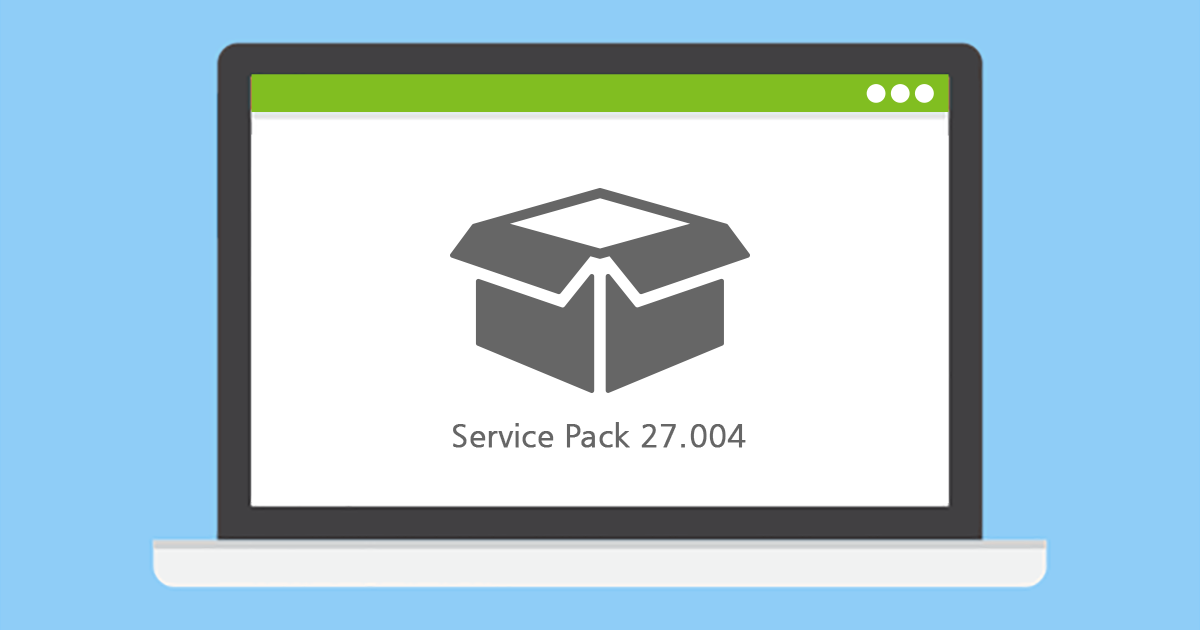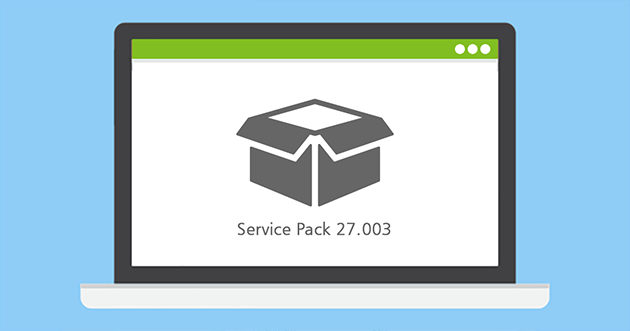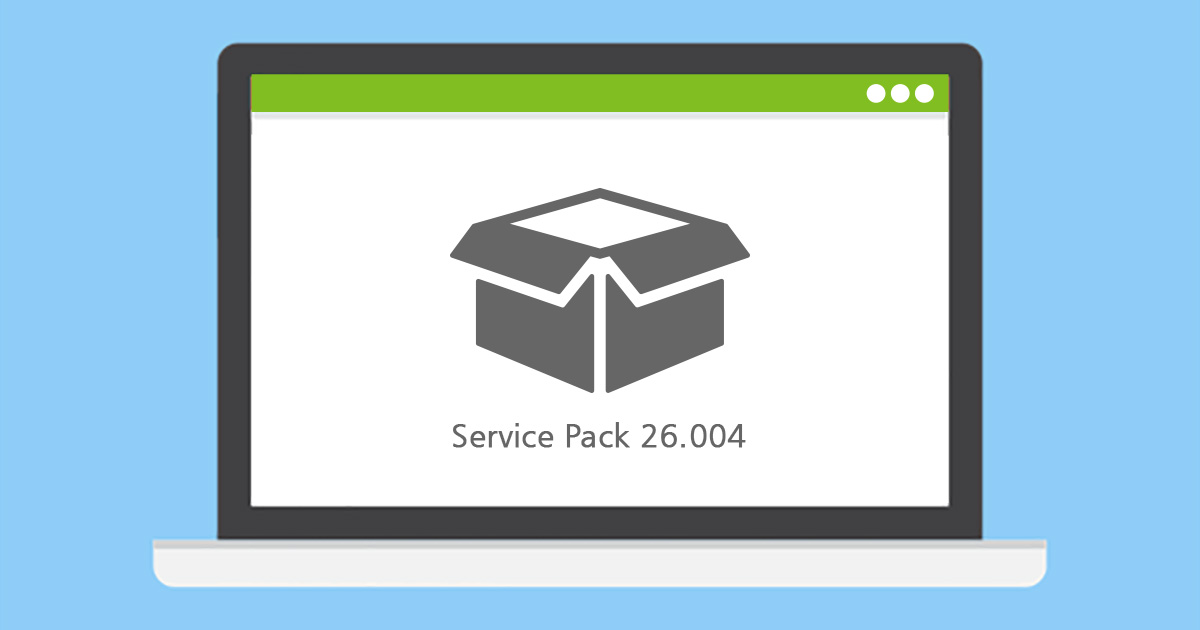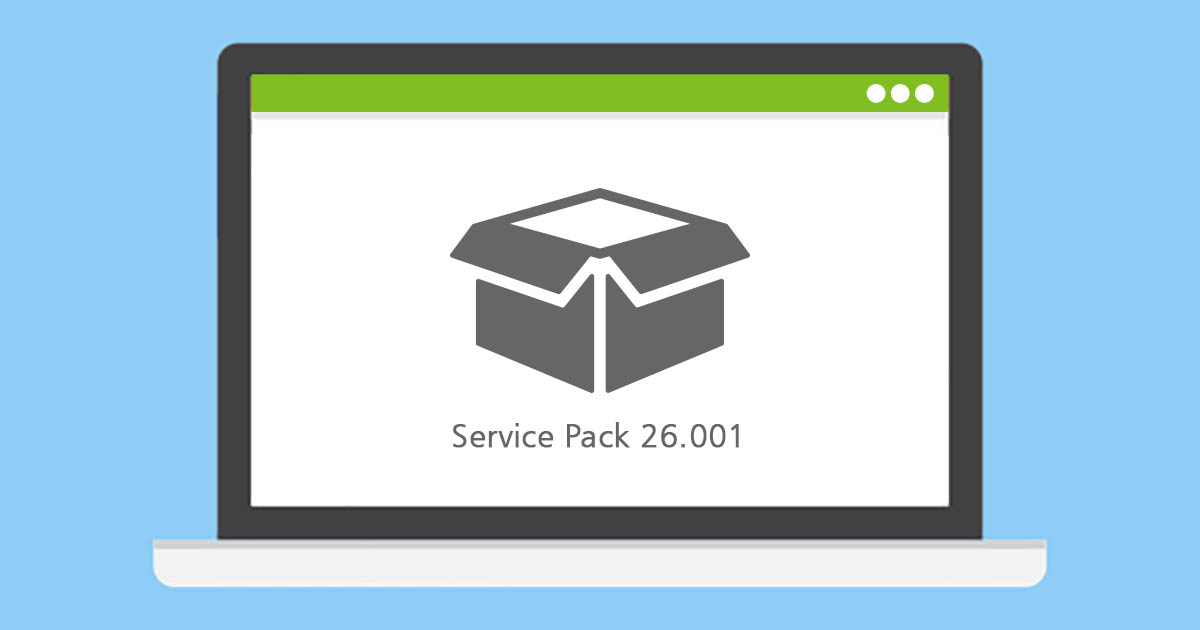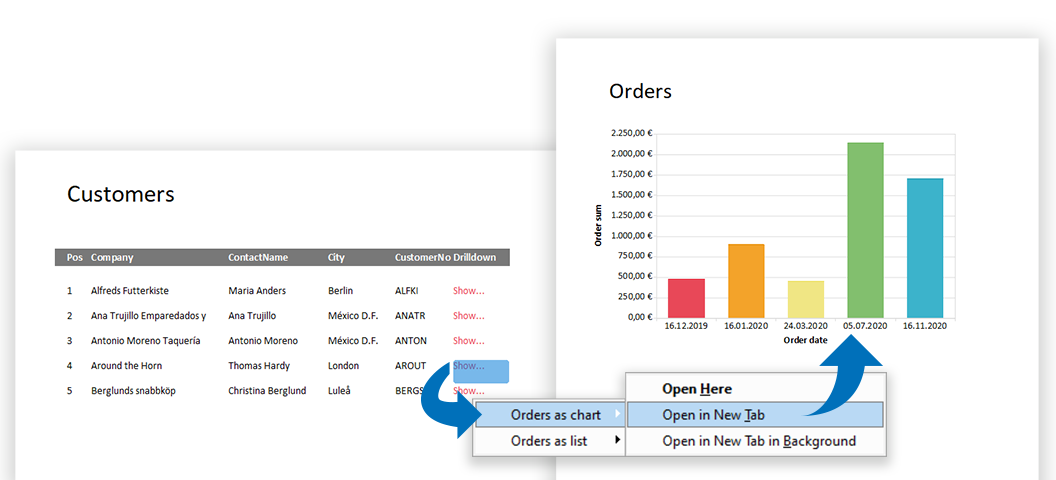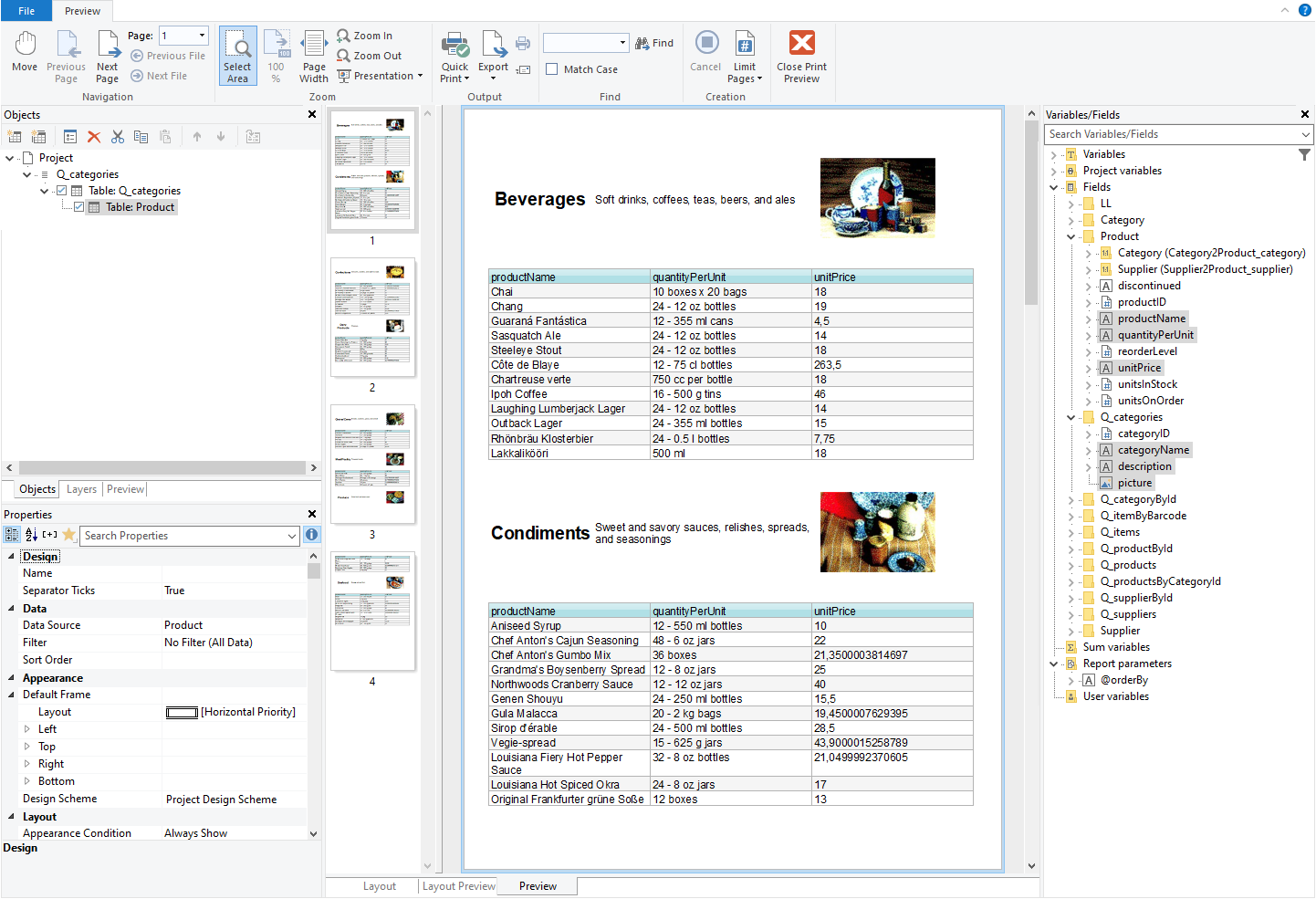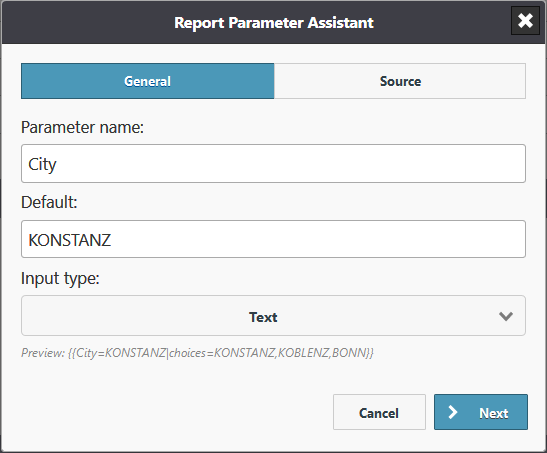New Service Pack 27.004 for List & Label and the Report Server
In this summary you will find the most important new features and improvements in Service Pack 27.004. A detailed list of all changes can be found in the ServicePack.pdf in your installation as well as in the Service Pack download section.
